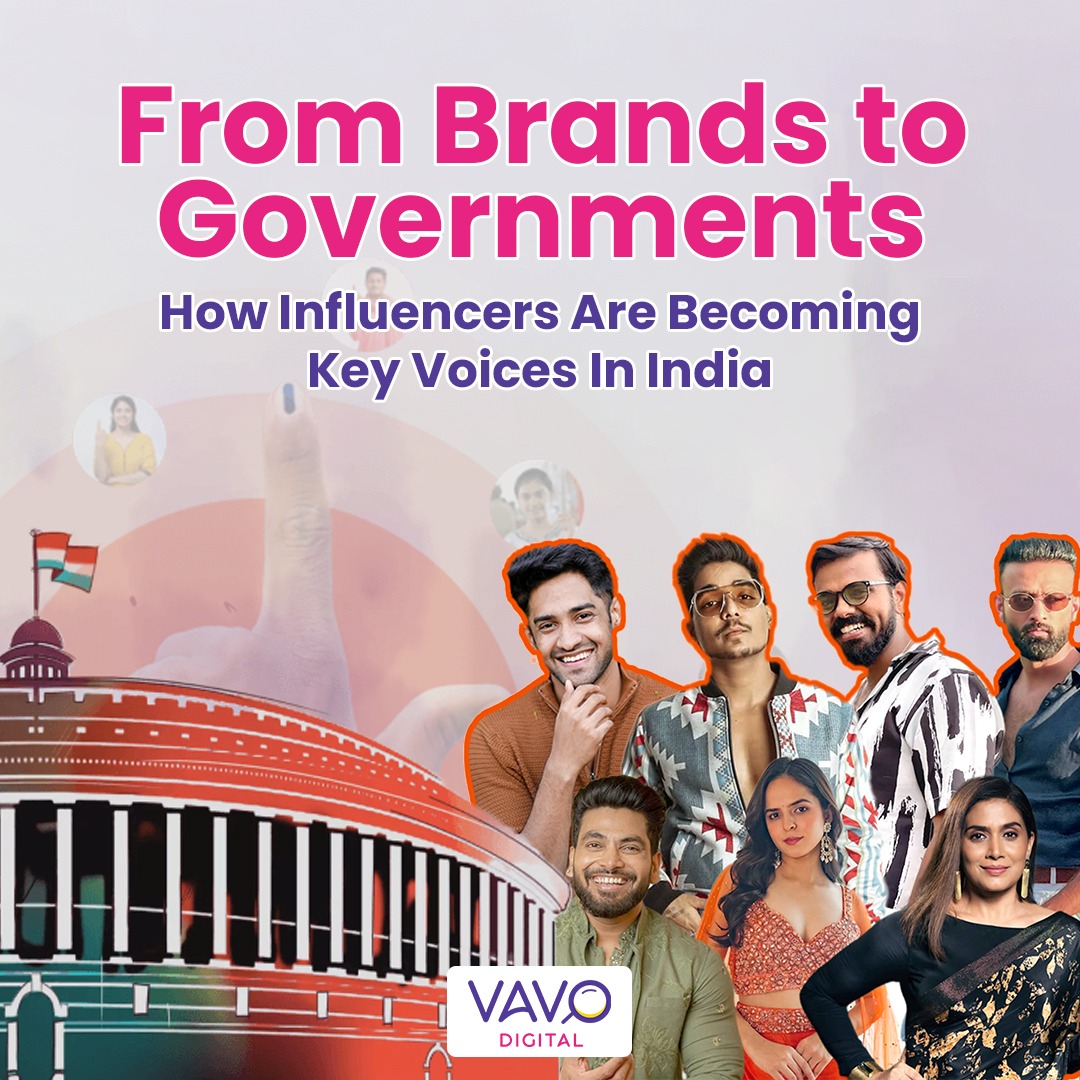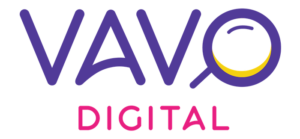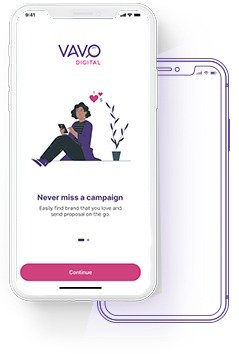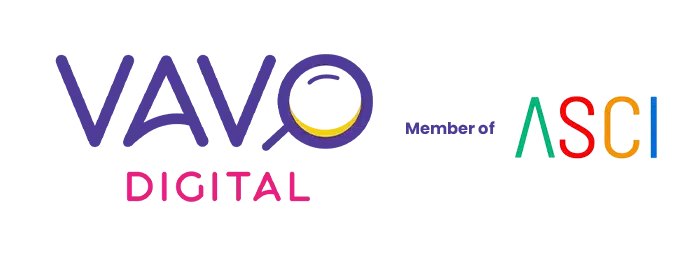
From Brands to Governments: How Influencers Are Becoming Key Voices In India
India’s digital environment has transformed, with more than 650 million internet users, and the concept of influence has evolved accordingly. Brands and consumer-oriented content ruled the space, but it has grown into much more. The significance of influencers today goes far beyond brand collaborations. Recognizing the impact of both regional and pan-India creators, different Indian governments are now taking a new route to engage with citizens—by partnering with influencers
This shift is clearly reflected in a first-of-its-kind move by the Maharashtra government, which is planning on collaborating with digital creators to run public awareness campaigns around civic issues ahead of local elections.
It marks a key change: influencers are no longer just endorsing products—they’re helping drive public conversations, shift narratives, and highlight ground realities in a way that feels real and relatable.
Let’s discuss more about this shifting narrative!
Maharashtra’s Organized Creator Outreach Plan
- Maharashtra’s Directorate General of Information and Public Relations (DGIPR) shared a new plan to team up with online influencers to strengthen public outreach. These influencers will fall into four groups—mega, macro, micro, and nano—depending on how many followers they have. This setup mirrors how brands work with content creators.
- The goal is to rely on this wide network of influencers to spread details about healthcare, education, welfare programs, and other important civic topics. This effort will be especially important before the local body elections. Rather than sticking to traditional ads, the strategy will favor creator-driven storytelling that feels more relatable and connects with people on a personal level.
- This structured way of using influencers shows a big change in how public awareness campaigns work. Social media has shifted things from just talking at people to engaging with them. It is no longer about sending out messages but also about sparking meaningful conversations.
More States Are Embracing Influencer-Led Outreach
- Maharashtra may be leading the headlines, but it’s not alone. Other Indian states are gradually integrating influencer outreach into their public communication strategies.
- For instance, the Uttar Pradesh government recently proposed a Digital Media Policy that includes formal engagement of social media influencers. The draft outlines compensation structures, offering up to ₹8 lakh per month for creators promoting welfare initiatives across platforms like YouTube, Instagram, and Facebook. The policy also includes content standards and penalties to ensure responsible promotion.
- Similarly, Punjab rolled out an Influencer Empowerment Policy that focuses on collaborating with content creators to amplify state-led initiatives, particularly in culture, heritage, and youth programs.
Together, these policies indicate that state governments are beginning to see influencers not just as entertainers, but as effective channels to build awareness and public engagement, especially among voters and Gen Z audiences who are more likely to engage with content on social platforms than traditional media.
Influencers are becoming essential communicators—whether they’re product advocates or social pioneers (see our piece on Women Influencer Entrepreneurs for more examples).
Why Governments Are Collaborating with Influencers?
As the digital-first generation turns to creators for information, entertainment, and perspective, governments are rethinking how they communicate. Traditional PSAs and newspaper ads don’t always resonate with today’s mobile-native audience—especially in tier 2 and 3 regions.
By partnering with influencers, government bodies can:
- Reach citizens where they already are: From Instagram reels to YouTube shorts, creators meet the public on platforms they actually use.
- Leverage trust and relatability: Creators often speak in local languages, share lived experiences, and communicate in formats that feel personal and accessible.
- Drive engagement, not just visibility: Influencer-led messaging prompts questions, shares, saves, and even direct replies—transforming one-way messaging into real interaction.
- Localize content for language and culture: Influencers can tailor messages in regional languages and dialects, ensuring that communication feels authentic, culturally relevant, and easy to understand—especially in linguistically diverse areas.
- Target specific communities: From youth voters to rural populations, influencers help segment outreach and build relevance for niche audiences.
As governments prioritize accessibility, clarity, and connection, influencer partnerships offer a scalable way to make public messaging feel less like a broadcast—and more like a conversation.
Final Thoughts
Influencers in India have always been trendsetters and community builders. Now, they’re also becoming facilitators of change. As governments start leveraging their reach and credibility, it’s clear: influencers are no longer just marketing voices—they’re becoming essential communicators in society.
Unlike traditional formats like newspapers, influencers offer two-way communication, real-time public feedback, and cost-effective reach—all while delivering content in the language and format that today’s digital-first audience actually consumes.
Ready to build campaigns that resonate—whether public or private?
Vavo Digital helps you find the right voices for every message. Let’s connect.
FAQs: Influencers and Government Campaigns
Q1: Why are Indian state governments working with influencers?
Governments are starting to see that influencers help explain topics in a relatable way. From civic awareness to public schemes, creators can reach younger audiences who spend more time on social media than traditional news.
Q2: What kind of influencers are being chosen for these campaigns?
Just like brands, governments are grouping creators into categories—mega, macro, micro, and nano—based on their reach. This helps them target specific audiences more effectively.
Q3: Are influencers being paid for government campaigns?
Yes, in many cases. States like Uttar Pradesh and Punjab have introduced policies that include payment models for influencers, depending on the campaign’s focus and the creator’s audience size.
Q4: Are there rules for influencers doing public sector promotions?
Yes. Influencers are expected to disclose sponsored content and follow ethical guidelines. Groups like ASCI and the India Influencer Governance Council are helping define these standards.Q5: How does Vavo Digital support this kind of work?
Vavo Digital connects brands and government organizations with trusted creators who are the right fit, whether it’s for a product launch or a public message. We focus on authenticity, relevance, and real results.




